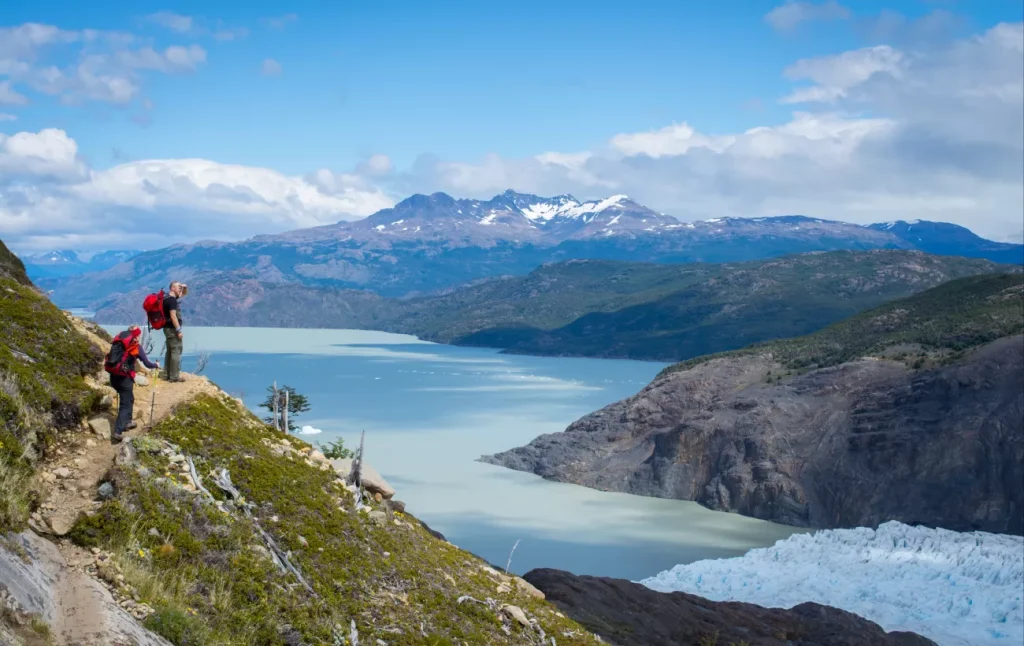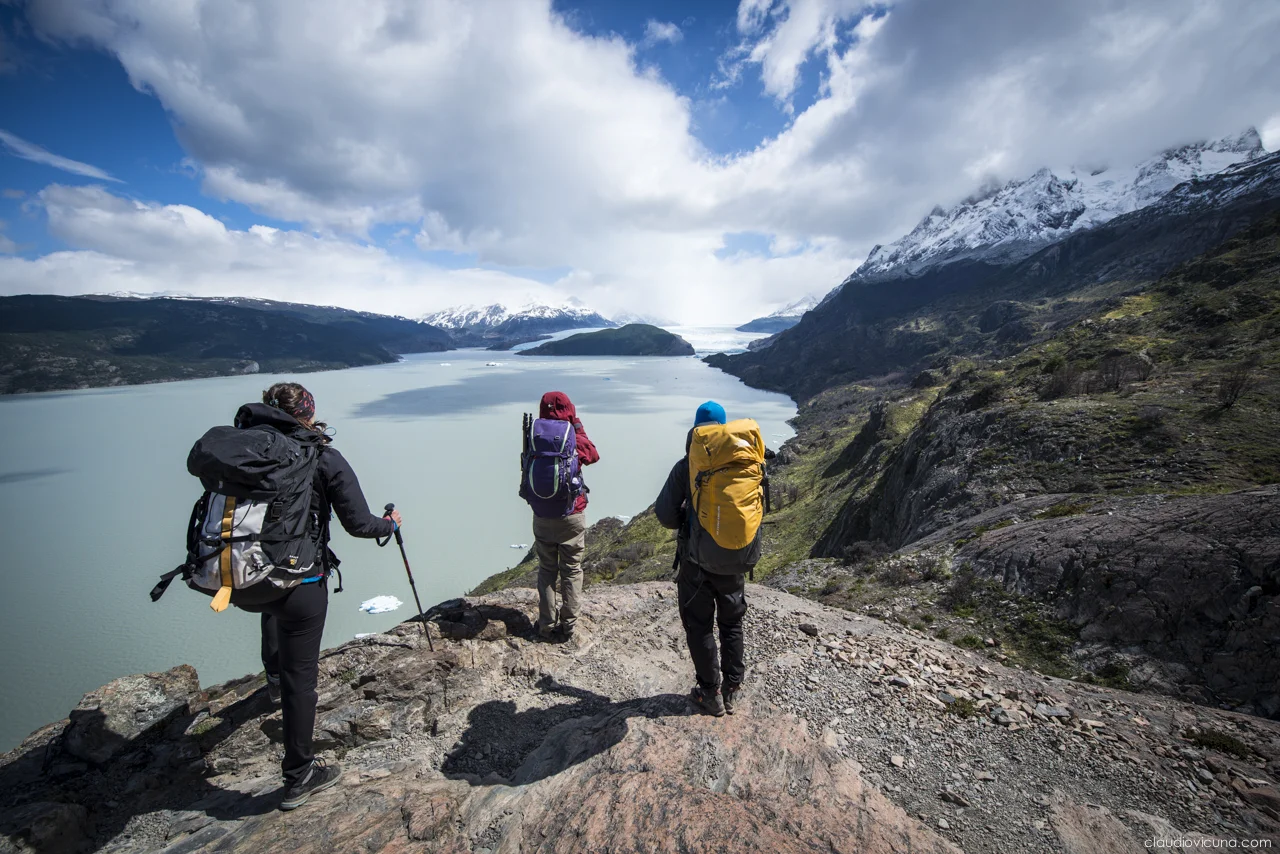Torres del Paine National Park is one of the most iconic natural landscapes in the world. Situated in the southern region of Chilean Patagonia, this park is a haven for hikers, nature lovers, and adventure seekers. With its dramatic mountains, glacial lakes, and sprawling valleys, Torres del paine national park offers an unforgettable experience for those who seek both challenge and beauty. EcoCamp Patagonia provides insights into the park’s top hiking routes to help you plan a journey you will never forget.
1. The W Trek
The W Trek is perhaps the most famous route in Torres del Paine National Park. Named for its W-shaped path, this trek usually takes four to five days to complete. Hikers are treated to views of the iconic Torres towers, the French Valley, and the stunning Grey Glacier. The W Trek is suitable for moderately experienced hikers and offers a balanced mix of adventure, scenery, and accessibility.
2. The O Circuit
For those looking for a more extended adventure, the O Circuit is a comprehensive route that encircles the entire park. Taking seven to ten days, the O Circuit covers all major landmarks, including the remote John Gardner Pass and the Torres towers. This route is recommended for experienced hikers due to its length, altitude changes, and unpredictable Patagonian weather.
3. Base of the Towers
A shorter but highly rewarding hike is the trek to the Base of the Towers. This day hike provides panoramic views of the three granite peaks that define Torres del Paine National Park. Starting from the park’s main entrance, the trail passes through lenga forests, rivers, and glacial moraine before reaching the viewpoint. Many hikers consider this trek a must-do due to the sheer beauty and iconic views.
4. French Valley
The French Valley is part of the W Trek and is known for its breathtaking landscapes. The trail leads through dense forests and up into the heart of the valley, surrounded by towering peaks. Hikers often spot wildlife, including guanacos and Andean condors, along the route. The French Valley is a perfect choice for those seeking dramatic scenery combined with moderate trekking difficulty.
5. Grey Glacier
Grey Glacier is another highlight of Torres del Paine National Park and a key stop along the W Trek. The trek to the glacier offers impressive views of ice formations and the surrounding mountains. Visitors can also opt for boat tours to get closer to the glacier’s massive ice walls. Hiking along Grey Glacier provides a unique combination of adventure, photography opportunities, and nature appreciation.
6. Cuernos del Paine
The Cuernos del Paine, or Horns of Paine, are distinctive jagged peaks that dominate the park’s skyline. The trek around this area provides multiple viewpoints of the dramatic granite formations. Hikers can take shorter loops or longer trails depending on their skill level. The area is also home to several lakes and rivers, making it an ideal spot for photography and wildlife observation.

7. Lago Nordenskjöld
Lago Nordenskjöld is a stunning glacial lake located in the heart of Torres del Paine National Park. The hiking trail along its shores offers spectacular views of the surrounding mountains and valleys. The route is moderately challenging, making it accessible to most hikers. Sunrise and sunset hikes around Lago Nordenskjöld provide especially breathtaking light and scenery.
8. Paine River and Salto Grande
The trail along the Paine River leads to the impressive Salto Grande waterfall. This route is relatively easy, making it perfect for families or casual hikers. Along the way, visitors can enjoy panoramic views of Lake Pehoé and the surrounding peaks. Salto Grande itself is a highlight, with powerful water flows framed by lush forests.
9. Mirador Dickson
For a less crowded and more serene experience, the trek to Mirador Dickson is an excellent option. This trail passes through valleys, forests, and glacial lakes before offering sweeping views of the Dickson Glacier and nearby mountains. The route is moderately difficult, providing a rewarding experience for hikers looking to escape the busiest trails.
Preparing for Your Hike in Torres del Paine National Park
Hiking in Torres del Paine National Park requires proper preparation. Weather can change rapidly, so packing layers, waterproof clothing, and sturdy boots is essential. Maps, GPS devices, and a good understanding of trail conditions will help ensure safety. Reserving campsites or refugios in advance is recommended, especially during peak season from October to April.
Wildlife and Flora
Torres del Paine National Park is home to a diverse range of wildlife, including guanacos, foxes, and pumas. Birdwatchers will delight in spotting Andean condors and Chilean flamingos. The flora is equally impressive, with lenga forests, native grasses, and vibrant wildflowers creating a picturesque backdrop for every hike. Observing wildlife in its natural habitat is one of the most memorable aspects of exploring this park.
Best Time to Visit
The optimal time to explore Torres del Paine National Park is during the southern hemisphere’s spring and summer months, from October to March. During this period, temperatures are milder, days are longer, and trail conditions are generally more favorable. However, visitors should be prepared for wind and occasional rain at any time of year.
Sustainable Hiking Practices
EcoCamp Patagonia emphasizes the importance of responsible tourism in Torres del Paine National Park. Hikers should practice Leave No Trace principles, avoid disturbing wildlife, and stick to marked trails. Sustainable practices not only protect the natural environment but also enhance the experience for future visitors.
Conclusion
Torres del Paine National Park is a destination that every nature enthusiast should explore at least once. With its nine remarkable hiking routes, visitors can experience a mix of adventure, wildlife, and breathtaking scenery. From the famous W Trek to the serene Mirador Dickson, each trail offers a unique perspective on this Patagonian gem. Proper preparation, sustainable practices, and a sense of adventure are essential to making the most of your visit. Plan your journey with EcoCamp Patagonia to create memories that will last a lifetime.
From expert tips to trending breaking news, it’s all available on our homepage.
FAQs About Torres del Paine National Park
1. How long does it take to hike the W Trek?
The W Trek typically takes four to five days, covering iconic locations like the Torres towers, French Valley, and Grey Glacier.
2. Is Torres del Paine National Park suitable for beginner hikers?
Yes, there are several routes suitable for beginners, such as the Base of the Towers hike and the trail to Salto Grande, though longer circuits like the O Circuit require more experience.
3. What is the best time of year to visit Torres del Paine National Park?
The best time to visit is from October to March when weather conditions are milder, trails are accessible, and daylight hours are longer.
